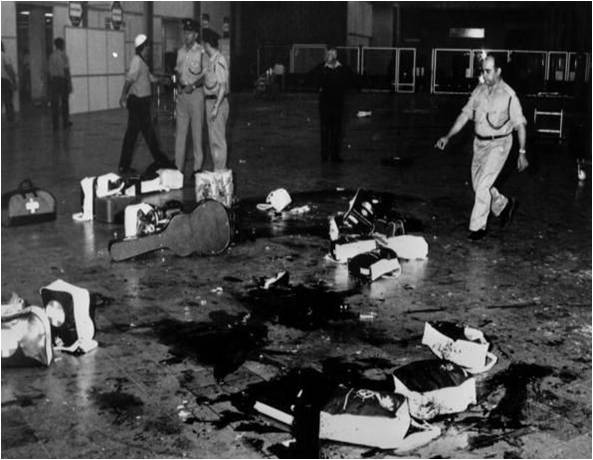Case Study: The Lod Airport Massacre

On the 30th of May, 1972, 3 Japanese men arrived at Lod Airport in Israel, having taken an Air France flight from Rome.
Carrying violin cases, on first viewing, they looked like a group of musicians on their way to tour Israel.
However, as they entered the baggage pickup area, they opened up their violin cases and extracted assault rifles.
They began shooting at fellow passengers and airport staff, throwing grenades as they changed magazines.
Two of the terrorists were killed, while the other was arrested as he attempted to leave the airport. In total, 26 people were killed and 80 were injured.
The attack surprised many people at first. Why would 3 Japanese men attack an Israeli airport? After all, Japan and Israel were not enemies.
Subsequent information revealed that the 3 terrorists were members of the Japanese Red Army, which had brokered a deal with a known enemy of Israel; the Palestinian group called the Popular Front for the Liberation of Palestine (PFLP).
The Japanese Red Army would attack an Israeli target and in exchange the PFLP would attack a Japanese target.
Because airport security was focused on the possibility of a Palestinian attack, the use of Japanese terrorists took the guards by surprise.
This attack made the Israeli authorities realize the huge vulnerability of depending on ethnic or racial profiling.
They moved to revamp the thinking behind the security systems methods used throughout the country and abroad to be able to detect and prevent any kind of terrorist, regardless of sex, ethnicity, age or religion.



